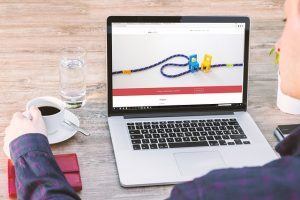User-friendly interfaces (UIs) are essential for online success, with affordable web design focusing on intuitive navigation, visual appeal, and accessibility. By prioritizing user experience (UX), businesses create engaging sites that attract and retain visitors. Key strategies include simple structures, responsive design, and tailored content for diverse audiences. Iterative improvements, driven by user feedback, ensure designs remain effective and accessible, enhancing satisfaction and fostering loyalty without breaking the bank.
User-friendly interfaces are the cornerstone of successful web design, ensuring that digital experiences are accessible, intuitive, and enjoyable. In today’s competitive online landscape, understanding the fundamentals of user experience (UX) is crucial for creating engaging websites and applications. This article explores essential aspects of affordable web design with a UI focus, from basic principles to advanced strategies. We’ll delve into key elements, best practices, visual design considerations, simplicity, accessibility, and measurement techniques, providing valuable insights for designers aiming to create impactful, user-centric digital solutions.
Understanding User-Friendly Interfaces: The Basics
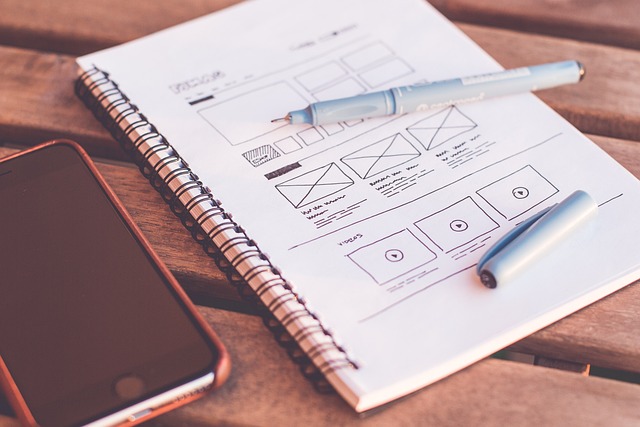
User-friendly interfaces, or UIs, are designed with a single goal in mind: to make digital interactions as simple and intuitive as possible for users. In today’s fast-paced world, where online experiences shape our daily lives, affordable web design that prioritizes user friendliness is not just beneficial but essential. It ensures that websites and applications cater to a wide audience, regardless of their technical expertise.
The basics of a user-friendly interface revolve around clear navigation, consistent design patterns, and visually appealing layouts. These elements work in harmony to guide users through digital spaces, enabling them to accomplish tasks efficiently and without frustration. An affordable web design service that understands these fundamentals can significantly enhance user engagement, leading to better conversion rates and increased customer satisfaction.
Importance of User Experience in Web Design

In the realm of web design, user experience (UX) is a game-changer that can significantly impact an affordable web design’s success. It involves understanding and fulfilling users’ needs, expectations, and preferences to create intuitive, efficient, and enjoyable online interactions. A well-designed UX ensures that visitors can navigate a website effortlessly, find the information they seek promptly, and accomplish their tasks without frustration. This is especially crucial in today’s digital landscape where folks are accustomed to seamless and instant experiences.
An affordable web design that prioritizes UX incorporates clear structures, consistent layouts, and user-centric content organization. It also integrates responsive design principles to adapt to various devices and screen sizes, ensuring a consistent experience across platforms. By focusing on these aspects, businesses can deliver an engaging online presence that attracts and retains users, ultimately enhancing their brand reputation and fostering customer loyalty.
Key Elements of an Affordable Web Design with UI Focus
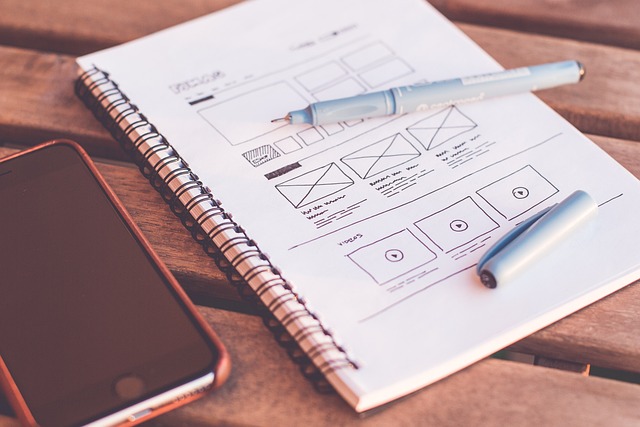
Creating an affordable web design that prioritizes user interface (UI) elements is crucial for attracting and retaining users. Key components include intuitive navigation, where visitors can effortlessly explore your site’s structure, guided by clear menus and well-designed breadcrumbs. Responsive design is another vital element; ensuring your website seamlessly adapts to various devices and screen sizes enhances accessibility and user experience.
Visual appeal without compromising functionality is achievable through minimalistic aesthetics, clean layouts, and thoughtful use of color schemes. Incorporating interactive elements like forms, buttons, and micro-interactions not only engages users but also simplifies interactions, making the overall interface more inviting and efficient to navigate.
Target Audience and Tailoring the Interface Accordingly

When designing user-friendly interfaces, understanding and catering to the target audience is paramount. Every web design project should begin with a clear definition of the primary users—who they are, their needs, and expectations. This demographic could range from tech-savvy millennials to less technologically inclined seniors. Tailoring the interface involves more than just visual aesthetics; it encompasses usability, accessibility, and simplicity.
For example, an affordable web design aimed at a younger audience might incorporate vibrant colors, intuitive navigation, and interactive elements. Conversely, a site targeting elderly users should feature larger fonts, high contrast colors, and straightforward menus to ensure ease of use. By aligning the interface with user preferences, designers can significantly enhance user satisfaction and engagement.
Best Practices for Creating Intuitive Navigation Systems

Creating intuitive navigation systems is key to crafting user-friendly interfaces, especially in the realm of affordable web design. Best practices involve keeping menus simple and straightforward, with clear labels that accurately represent the pages or functionalities they lead to. Hierarchical structures, where primary options are prominent and submenus are accessed through hover or click, can help users navigate without confusion. Visual cues such as active state indicators and breadcrumbs also guide users, showing them exactly where they are within the site’s structure.
Additionally, consistent design patterns across pages enhance usability. Users should be able to predict where to find certain functions based on their previous experiences. Incorporating search bars and quick access links to frequently visited pages further streamlines navigation. Regular testing with real users is invaluable for refining these systems, as it reveals pain points that can be addressed through iterative improvements, ensuring a seamless user experience without breaking the bank in terms of affordable web design costs.
Visual Design Considerations for Enhanced Usability

In the realm of user-friendly interfaces, visual design plays a pivotal role in enhancing usability. When it comes to affordable web design, aesthetics shouldn’t be compromised for cost-effectiveness. Balancing the two ensures that websites are not only visually appealing but also intuitive and easy to navigate. Key considerations include adopting a clean layout with ample white space, ensuring consistent color schemes, and using familiar typography to minimize cognitive load on users.
Visual consistency across different pages of a website fosters familiarity, enabling users to intuitively understand how to interact with various elements. Additionally, high-quality imagery and graphics can significantly improve user engagement without breaking the bank. Many affordable web design services offer stock photography and simple animation effects that can dramatically enhance a site’s visual appeal while keeping costs low. Incorporating these elements thoughtfully contributes to a more enjoyable and efficient user experience.
Role of Simplicity: When Less is More
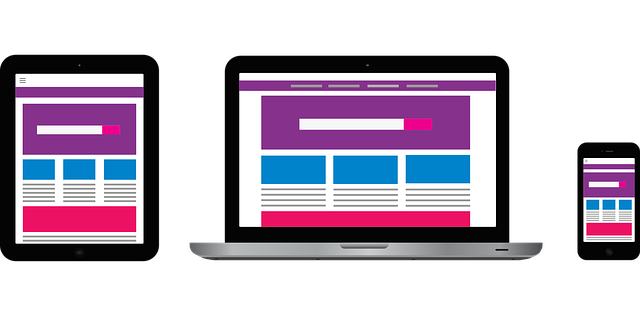
In the realm of user-friendly interfaces, simplicity is a powerful tool that can greatly enhance the user experience. When designing digital spaces, especially in affordable web design, keeping things simple and minimal has numerous benefits. Less clutter means users can navigate with ease, focusing on the core functionalities of a website or application without being overwhelmed. This simplicity encourages a seamless interaction, allowing folks to accomplish their tasks efficiently.
By adopting a minimalist approach, designers can create interfaces that are intuitive and accessible. It ensures that the most critical elements receive the necessary attention, fostering a user-friendly environment. In today’s digital era, where users often have limited time and attention spans, simplicity acts as a game-changer. An affordable web design that prioritizes simplicity can deliver a powerful and effective online presence without compromising on aesthetics or functionality.
Accessibility as a Core Principle in UI Design
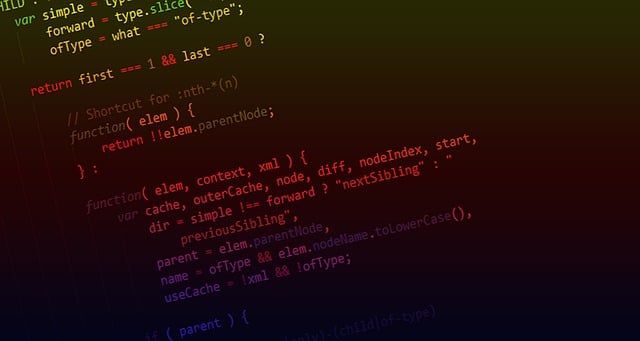
In the realm of user-friendly interfaces (UI), accessibility stands as a cornerstone principle that every designer must embrace. Creating digital spaces that are inclusive and usable by people of all abilities is not just a moral imperative, but also a strategic necessity for affordable web design. By ensuring that websites and applications cater to users with diverse needs, designers can significantly expand their reach and appeal to a broader audience. This means incorporating features like keyboard navigation, high contrast modes, and alternative text for images, which not only benefit individuals with visual or motor impairments but also enhance the overall user experience for everyone.
In today’s digital era, affordable web design that prioritizes accessibility is a game-changer. It enables folks from all walks of life to interact with technology on their terms, fostering inclusivity and equal opportunities. Moreover, by adhering to accessibility standards, designers can avoid the costly rework that often arises from neglecting these core principles. Thus, embracing accessibility not only makes for better UI design but also ensures long-term sustainability and profitability in an increasingly diverse digital landscape.
Measuring Success: User Feedback and Iterative Improvement

Measuring success in user-friendly interfaces goes beyond aesthetics; it’s deeply rooted in user feedback and an iterative improvement process. Affordable web design, while focusing on simplicity and accessibility, must be continually refined based on real users’ interactions. This involves gathering qualitative and quantitative data through surveys, usability testing, analytics tracking, and direct communication with the target audience. By listening to users’ experiences, designers can identify pain points, understand desired features, and make informed decisions.
Iterative improvement is a continuous cycle that ensures the interface evolves with user needs. Changes may range from minor adjustments to significant overhauls, all driven by collected insights. Regular updates based on this feedback loop foster a more engaging, intuitive, and ultimately successful web design experience. This approach not only enhances user satisfaction but also encourages loyalty and increased time spent on the platform, making it a key strategy in affordable web design that prioritizes both quality and accessibility.
